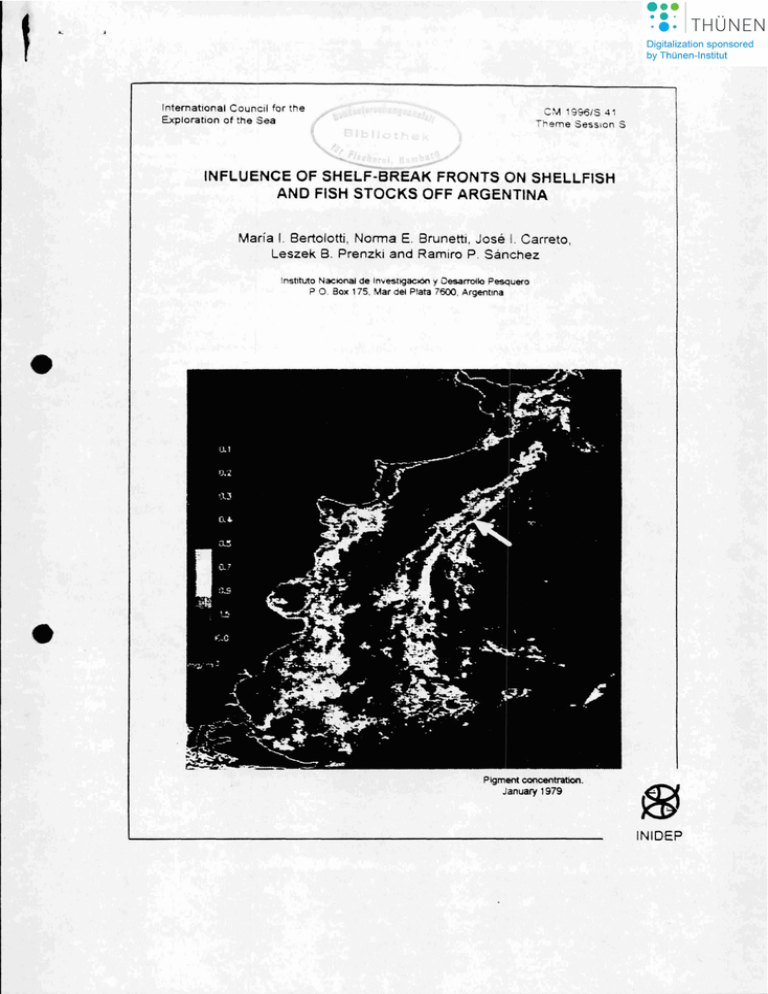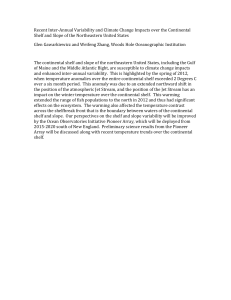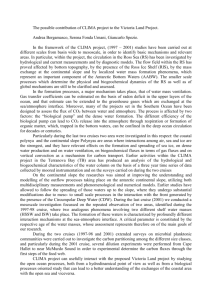, INFLUENCE OF SHELF·BREAK FRONTS ON SHELLFISH AND FISH STOCKS OFF ARGENTINA I.
advertisement

,
International Council for the
Exploration of the Sea
CM 1956/S 41
Theme Session S
INFLUENCE OF SHELF·BREAK FRONTS ON SHELLFISH
AND FISH STOCKS OFF ARGENTINA
Maria I. 8ertolotti, Norma E. 8runetti, Jose I. Carreto,
Leszek 8. Prenzki and Ramiro P. Sanchez
InstiMo Nacional de Invest19acl6n 'f OesarroHo Pesquero
po. Box 175, Mar del Plata 7600, Argenllna
Pigment concentration.
January 1979
INIDEP
,
:.,
.
711i:; paper is /lot to he citcd WI/hout prIOr rl


